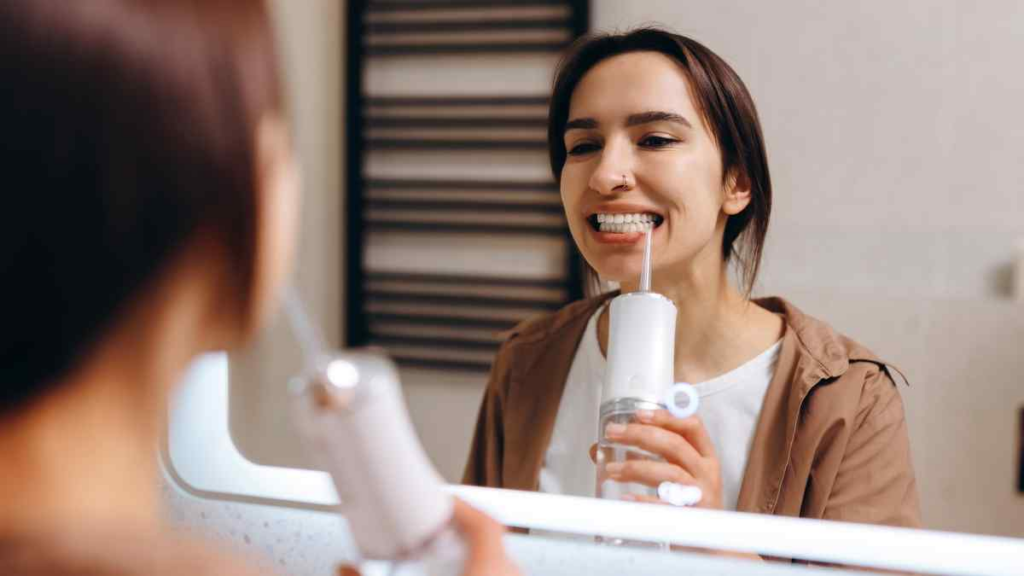


#陶瓷貼片
在城堡山配戴貼片以美化您的笑容

如果您對您牙齒的顏色或形狀不滿意,我們可以使用牙齒貼片來為您解決問題。城堡山的楊醫師可為您量身定制您專屬的貼片,以讓您的牙齒更整齊勻稱。
我們在城堡山的牙醫診所可針對您的特殊需求與風格為您設計專屬的貼片,以為您打造永恆的美麗笑容。
牙齒貼片由極為輕薄的陶瓷製成,可黏貼在牙齒表面,並立即改變牙齒外觀。在許多案例中,使用複合材料黏合可以達到類似的效果,且成本較低,但使用壽命不長。
我們城堡山的牙醫為您提供完全個人專屬的治療,以實現您期望達成的效果,並樂意與您討論最適合您的治療類型。
牙齒貼片可以使您的牙齒更加堅固,並可在正確護理下維持長達十多年的使用壽命。陶瓷貼片可用於掩蓋污漬和瑕疵,而無瑕、亮白的琺瑯質可讓您的笑容煥發青春。由於每個貼片的形狀都是為個人量身打造的,因此它們也可以用於解決諸如
- 牙齒之間不必要的縫隙
- 咬合不正
- 破碎和斷裂
- 牙齒不均勻之處
在多數案例中,城堡山的牙齒貼片都應用在微笑時會露出的中央上排牙齒上。根據您的笑容、牙齒狀況以及所期望獲致的結果,治療可能涉及的牙齒數量也會有所不同。有時,我們城堡山的牙醫會在下牙弓的前表面黏結貼片,但這並非實現自然笑容的必要手段。

個人專屬設計
每個牙齒貼片都經過個人專屬設計,並黏貼在牙齒前方。陶瓷是牙齒貼片的理想材料,因為它具有與天然牙釉質極為相似的透明度和光澤感。
楊醫師在融合陶瓷方面具有豐富的經驗,可以為您製作出您所想要的色澤。楊醫師除了能隨時漂白剩餘的牙齒以配合您的貼片顏色,也可以通過塗抹非常薄的複合材料來讓您的笑容更工整無瑕。
由於我們城堡山的牙醫診所可在兩次門診時間內為您完成貼片製作,而且費用通常比許多正畸治療或牙冠修復低,因此成為我們最受歡迎的美容治療之一。
我能事先知道治療的結果嗎?
是的,您可以!我們讓患者從牙齒貼片治療之初開始參與。由於我們使用數位笑容設計軟件,因此可以在螢幕上顯示治療後的笑容外觀,藉此讓患者可以更積極地溝通其所期望的結果。
超英飛尼迪牙醫診所的超級貼片
在悉尼新南威爾士州城堡山的超英飛尼迪牙醫診所使用的「超級貼片」,以開創性的革新技術解決了城堡山陶瓷貼片的變色和染色問題。我們的特殊陶瓷配方和黏著劑,可讓輕薄的貼片在整個使用壽命中保持色澤穩定。
複合貼片
複合材料貼片是城堡山除了陶瓷貼片外一種較便宜的選擇。與已加工的陶瓷貼片不同的是,我們的城堡山牙醫使用帶有牙齒顏色的複合樹脂(與牙齒填充相同)並將其塗在牙齒表面,然後塑型、整平和硬化,以形成新的持久的牙齒表面。
我們的牙醫將在您的初次諮詢期間,對您的牙齒和牙齦進行徹底檢查,以確定您的口腔健康狀況適合配戴陶瓷貼片或複合貼片。此外,我們也將與您討論替代性的牙科治療方法,使您能夠做出充分知情的決定。
如果您正在考慮在城堡山(Castle Hill)配戴牙齒貼片,那麼事不宜遲。請立即預約以進行諮詢,並為改變笑容跨出重要的第一步。
免責聲明:任何外科手術或侵入性程序均具有風險,請在接受手術前,向合格醫療從業人員徵詢其他意見。


